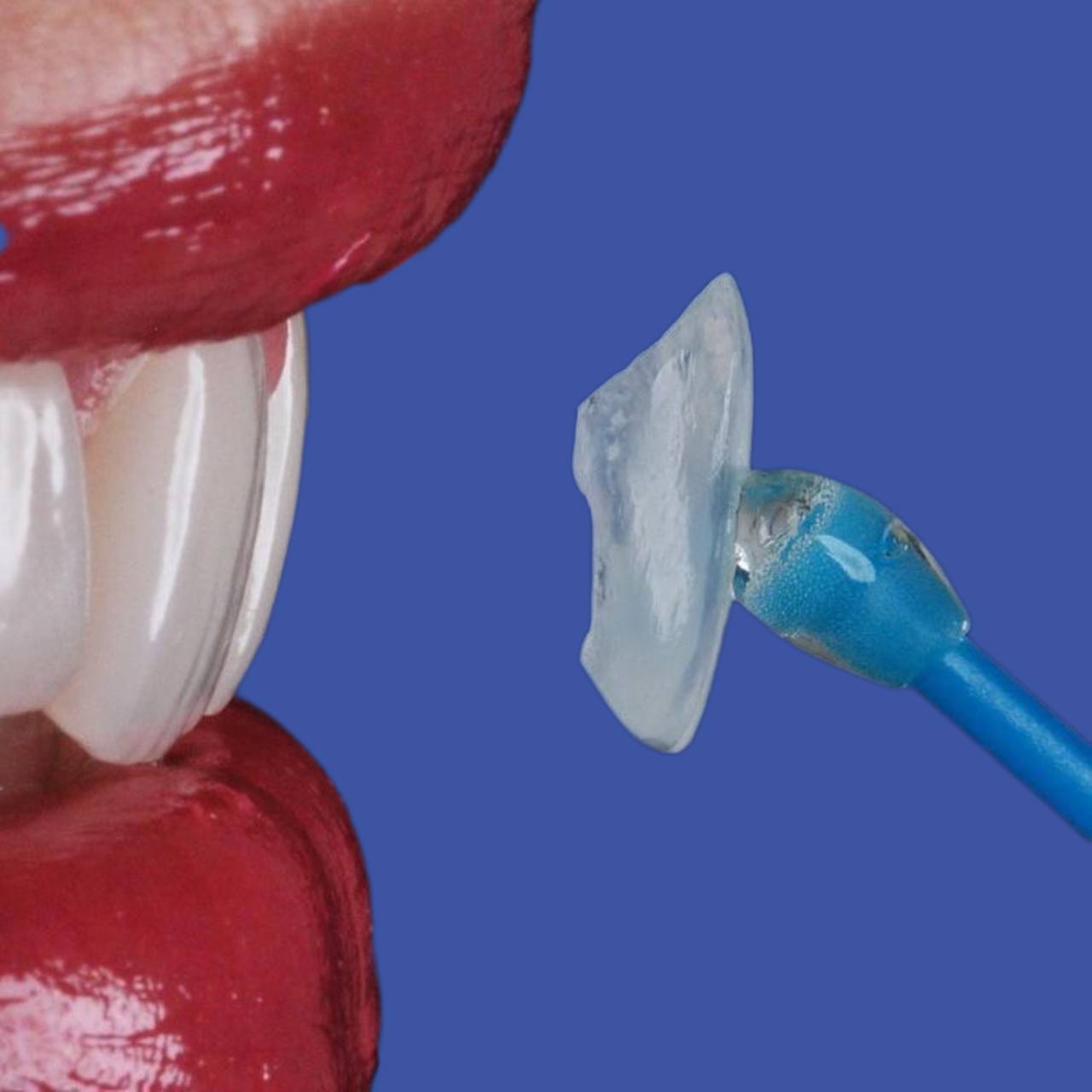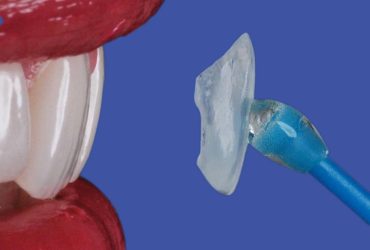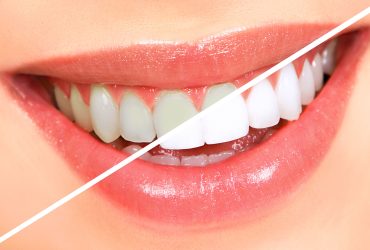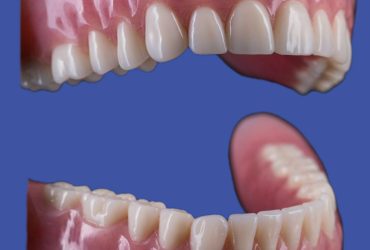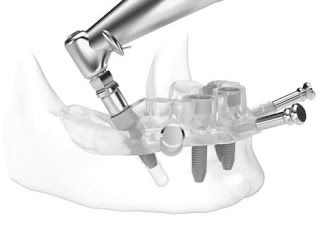- Composite Veneers (Laminates)
Features and Advantages:
✅ Cost-Effective: More affordable than ceramic veneers.
✅ Minimal Tooth Preparation: In many cases, teeth require little to no shaving.
✅ Repairable: Can be polished or repaired if chipped or stained.
✅ Quick Procedure: Can be completed in one or two sessions.
Disadvantages:
❌ Less Durable: Typically lasts between 5–7 years.
❌ More Prone to Staining: May discolor over time due to coffee, tea, smoking, and colorful
foods.
❌ Less Resistant to Impact: More fragile compared to ceramic veneers.
Types of Composite Veneers (Based on Technique):
- Direct Composite Veneers
- Aesthetic composite material is applied directly to the tooth surface and shaped
manually.
- No lab work required.
- Ideal for young patients or those seeking minor smile enhancements.
- Indirect Composite Veneers (3D Printed)
- A modern digital dentistry solution.
- Veneers are designed digitally and printed using resin 3D printers (DLP or SLA)
before bonding to the teeth.
- Offers superior accuracy, aesthetics, and predictability.
Fabrication Steps:
- Intraoral scanning using a 3D scanner.
- Facial scanning for harmony with smile.
- Digital design using software like Exocad or 3Shape.
- Measurement of facial proportions and golden ratio with buccal corridor alignment.
- Veneers are printed in-office or in a lab.
- Post-curing with UV or heat for final strength.
- Final polishing for natural luster.
- Surface preparation (etching & bonding) and cementation.
Advantages:
✅ High precision and predictability
✅ Smoother surface and more stain-resistant
✅ Closer aesthetics to ceramics
✅ Better mechanical properties due to higher material density
✅ Excellent fit and contour control
Disadvantages:
❌ Requires two visits
❌ Needs access to advanced equipment
Ideal for:
Patients seeking enhanced durability, digital precision, and customized outcomes.
- Injection-Molded Composite Veneers
- Special injectable composites are inserted into a silicone template of the smile
design.
- The material is then light-cured and polished for a smooth, natural finish.
Advantages:
✅ Ideal for Digital Smile Design
✅ Superior control of thickness and tooth form
✅ High polishability
✅ Minimal preparation needed
Ideal for:
Cases requiring high accuracy, and cosmetic smile transformations.
Post-Treatment Care FAQs:
- What should patients avoid after getting composite veneers?
✅ Maintain excellent oral hygiene (brushing and flossing).
✅ Avoid biting hard or sticky foods and never use teeth to open bottles.
✅ Use a night guard if you have bruxism.
✅ Avoid staining foods and beverages like tea, coffee, sauces, and colored drinks.
✅ Keep gums healthy with regular dental checkups.
- Can composite veneers be whitened later?
No — unlike natural teeth, composite materials do not respond to whitening agents.
However, polishing may improve surface stains.
If severe discoloration occurs, veneers may need repair or replacement
لینک کوتاه : https://drnegarmir.com/?p=9653

